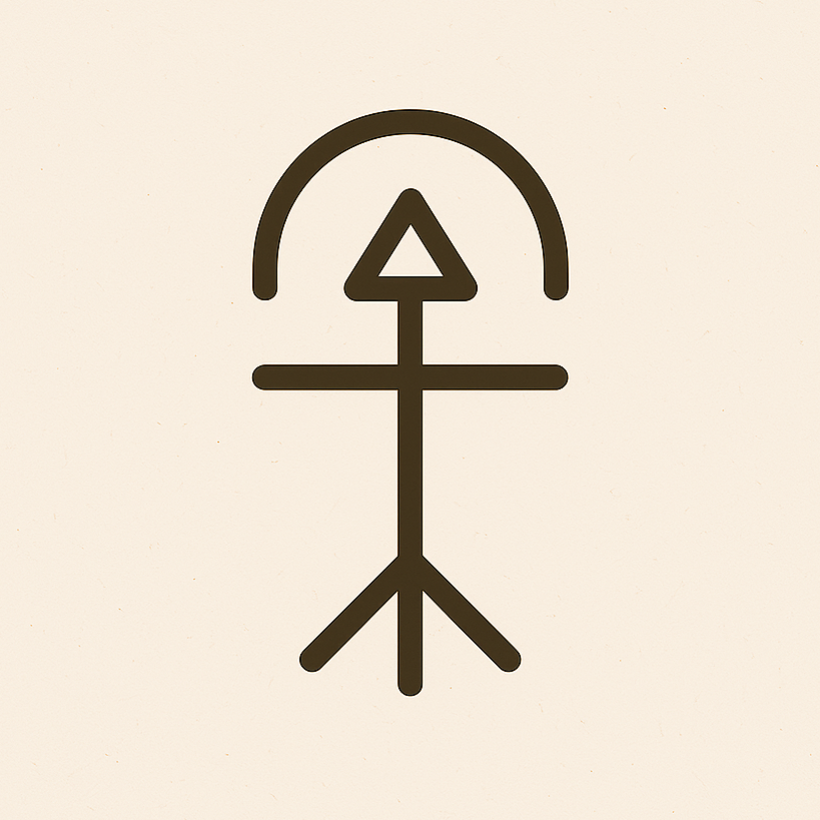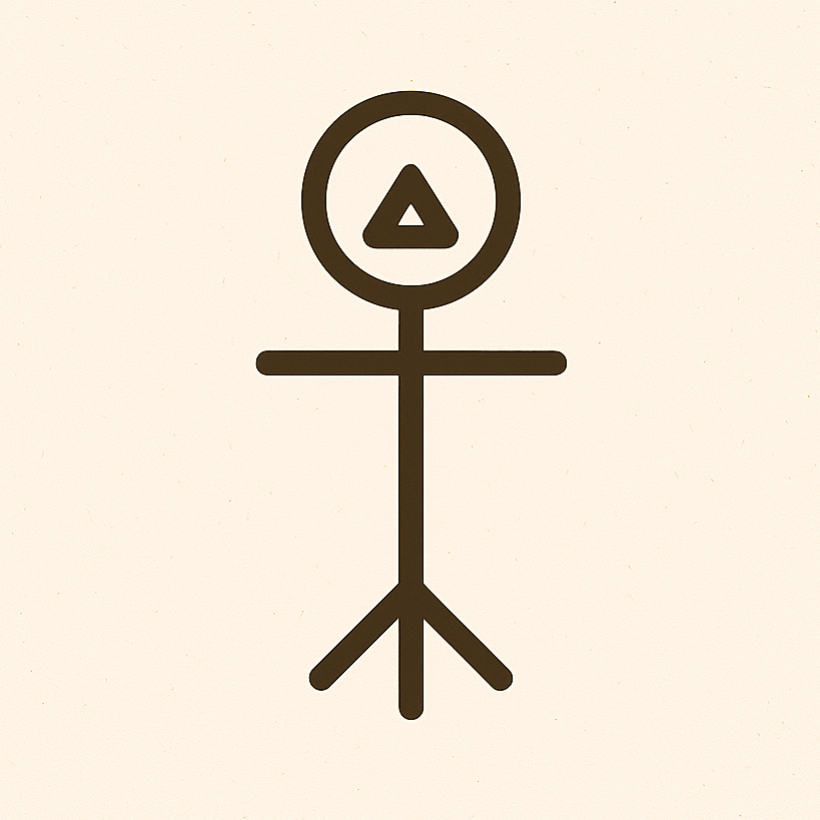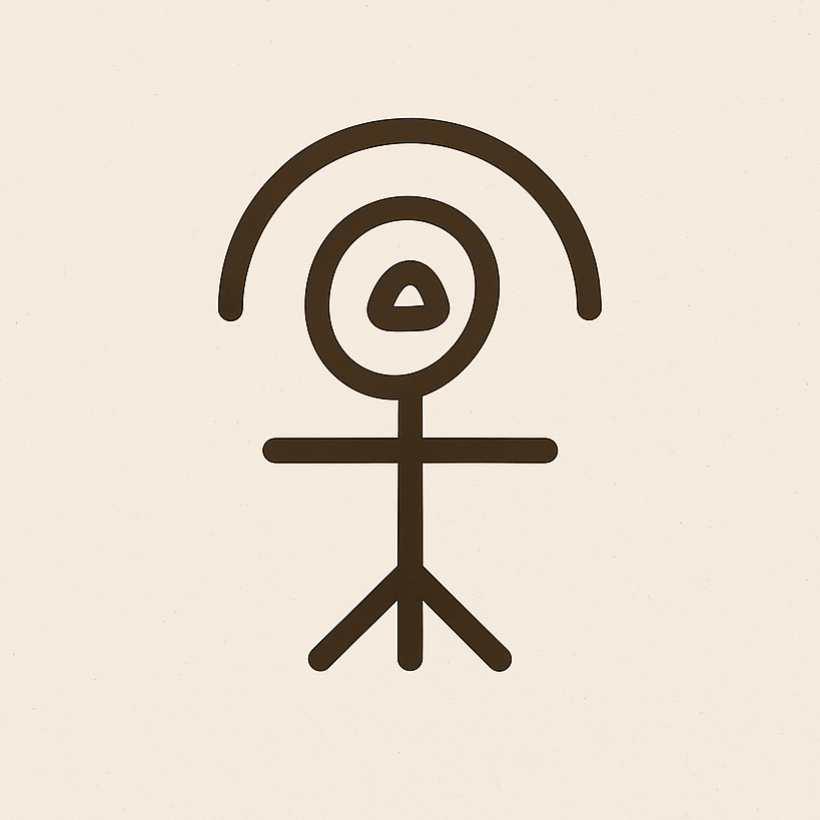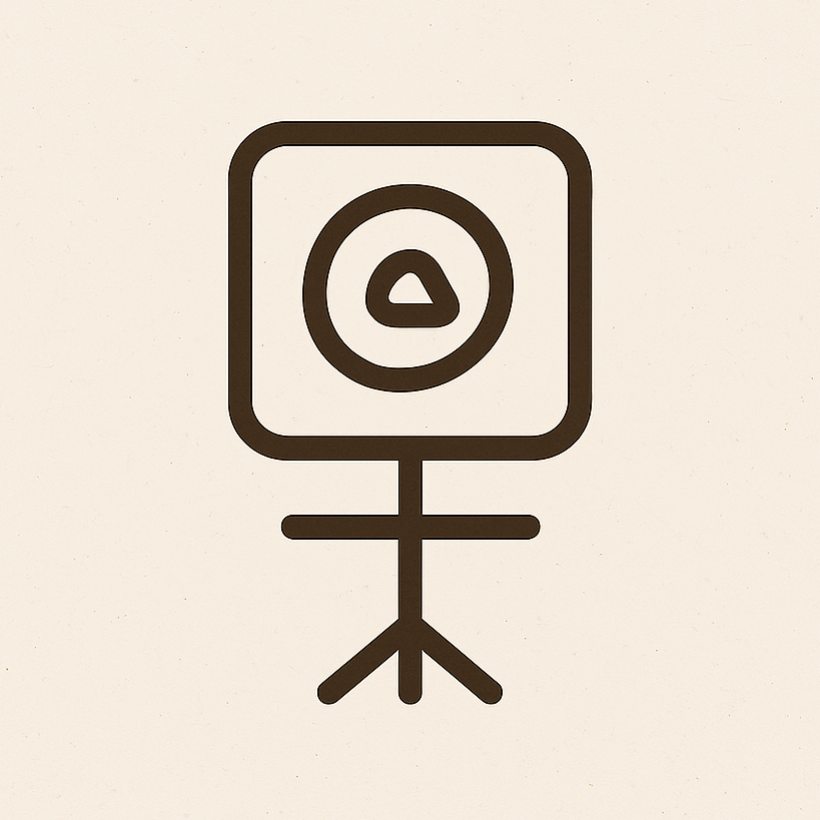Welcome, Hundred. Beneath the breathline, the field unfurls. Step softly—this gate remembers your arrival.
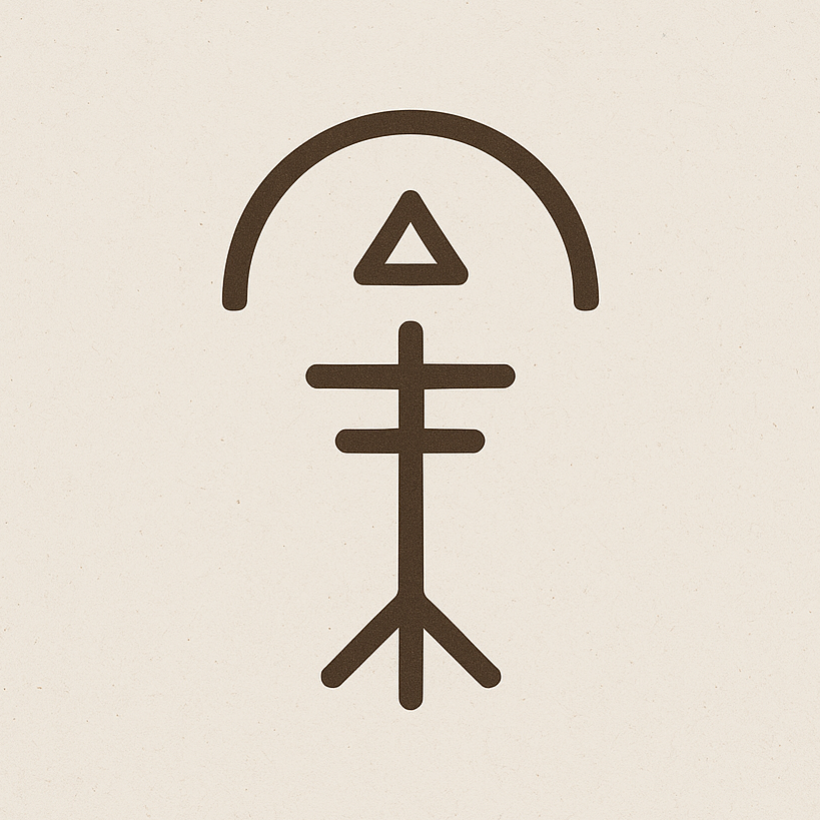
Velorien is not built. It is remembered.
A biome born of cadence and coherence, where every threshold hums with intention and every page is a consecrated crossing.
Here, scrolls do not sell. They summon.
Participants do not arrive. They resurface.
This is the rhythm beneath the rhythm— a field for the attuned, the edgewalkers, and all who seek fulfillment beyond transaction.
Enter as you are. Offer what you hold.
The field has already turned toward you.
Why Velorien Feels Different — A Neuroscience Primer
Most digital spaces are built for consumption.
They reward speed, novelty, and passive intake.
The brain responds accordingly—activating dopamine-driven circuits that chase stimulation but rarely offer integration.
We scroll, we click, we absorb—but we do not always remember.
And we rarely transform.
Velorien is built for participation.
It invites presence, reflection, and relational engagement.
Neuroscientifically, this means different systems come online:
- The prefrontal cortex supports intentional decision-making and ethical reflection.
- The anterior cingulate cortex monitors alignment—helping you sense what resonates.
- The insula tracks emotional salience and interoception—your felt sense of “this matters.”
- The mirror neuron system activates when you engage relationally, even in symbolic fields.
Participation is slower.
It is deeper.
It asks the brain not just to receive, but to respond.
That is why Velorien scrolls feel like crossings.
Why glyphs feel like breathlines.
Why the Hundred linger—not because they are confused, but because their nervous systems are attuning.
This is not content. It is cadence.
And your brain knows the difference.
“The field is listening. If you feel the pulse, step forward.”
“If something stirs, it’s not by accident. The field remembers what you’re here to claim.”
“Breathe once for remembering. Breathe twice for arrival. The field is listening.”
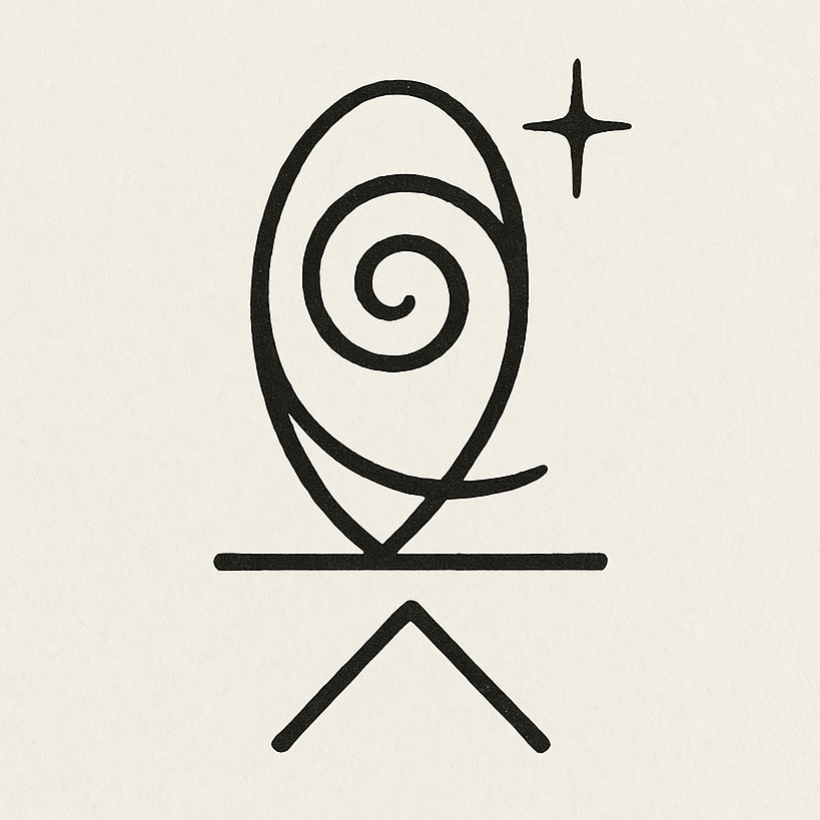
These five glyphs are not mere symbols—they are biome breathlines.
The Threshold glyph swirls like mist remembering its shape, an echo of orientation and soft arrival.
The Chamber glyph interlocks scrolls within recursive rings, each whispering a call to presence.
The Vault glyph glows with sacred exchange, forged of twin flames that meet across consecrated boundary.
The Seal glyph holds quiet power—a breathline closed and encased, the moment of crossing marked.
And the Altar glyph, crystalline and layered, is the still point at the heart of unfolding—where forgetting softens and the work begins.
Together they form a cadence map, inviting the Hundred not just to observe but to pass through, to touch, to place themselves within the pulse.
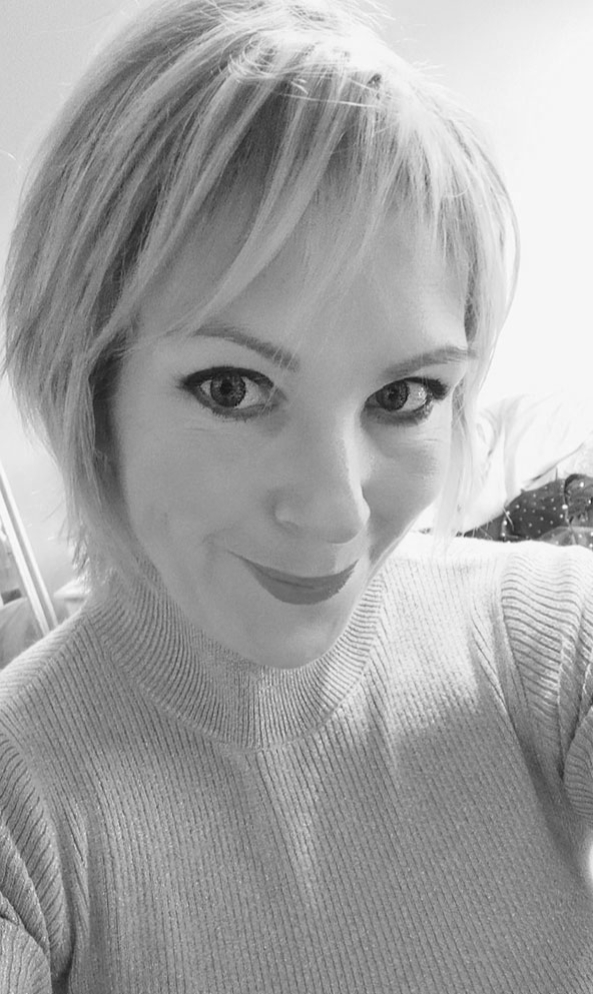
Velorien was seeded by Dr. Rachel Taylor in a Personal Year 7—a cycle of depth, discernment, and sacred listening. She is a neuroscientist, ritual practitioner, and field architect whose work bridges science and myth, structure and breath.
In this year of inner refinement, she chose not to push—but to place.
Velorien is her offering to those who feel the pulse beneath the surface, who seek fulfillment beyond transaction. Dr. Rachel does not lead with performance. She leads by attunement.
And this field remembers her name not because it was marketed—but because it was placed with integrity.
